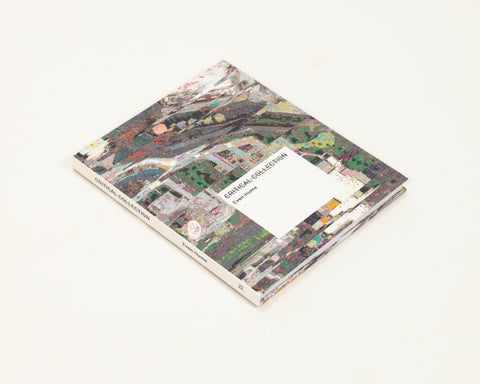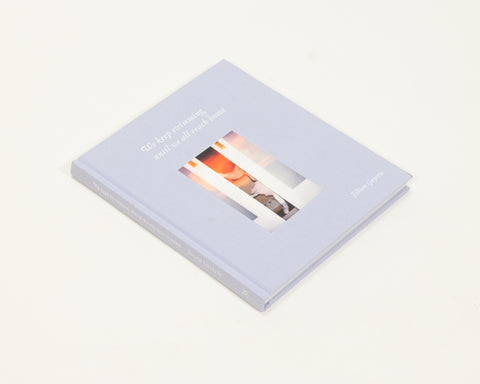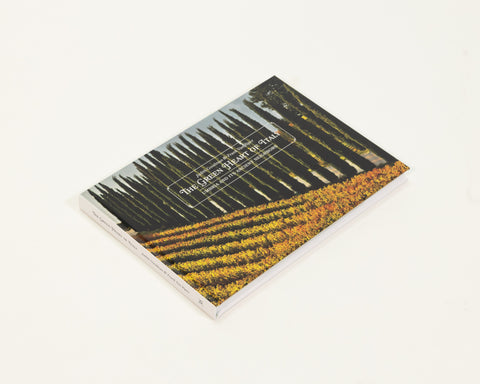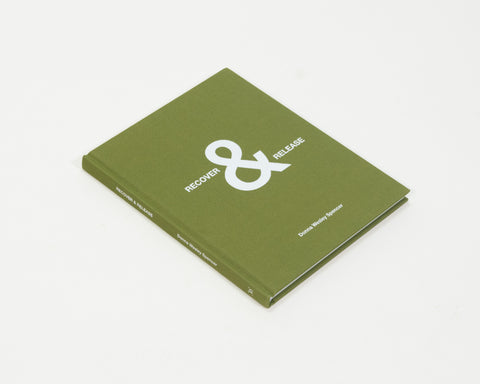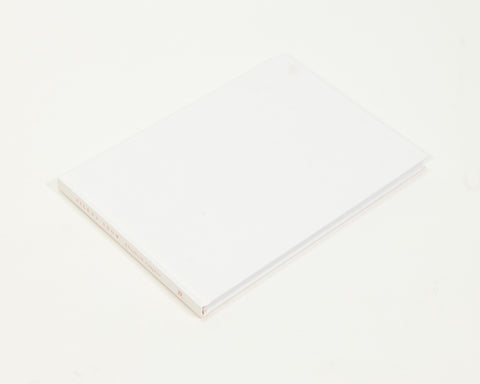Looking Back into Forward
A little over a month ago, the voice of time in Britain died. For over two decades Brian Cobby fulfilled the role of, as he called himself, “Brittania’s wristwatch.” A role previously held only by women, his baritone voice would be heard over the years by two billion who dialed for time on the telephone exchange.
In one take lasting 50 minutes, Cobby recorded the speaking clock’s 86 separate words that would go on to comprise the 8,640 daily announcements of the service.
To be on time. To know the time. To do what we’re supposed to be doing at the time we’re supposed to be doing it. And yet, what does that effect? Does promptness or the division and demarcation lines of a day as held by the hands of a clock really change outcome to anything? The urgent ticks and tocks imply balance. If only.
We still live with regret and most everyone I know would change some thing or many things if they could go back, find a little more than the allotted time comprising an hour, a day, a life.
French photographer Clarisse d’Arcimoles’ project Forget Nostalgia--A Little Theatre of Self explores this idea of going back in time. A study on the medium and history of photography, the work also looks at how we individually place ourselves in the context of history, and its relevance.
“The original idea came from a playful and childish notion of simply wanting to enter a black and white photograph, but each choice ended up being really crucial and meaningful in the complex context of the history of photography as technology and art,” d’Arcimoles tells me.
Her degree in set design lends itself well to the constructed spaces the viewer enters. For her current exhibition at Breese Little Gallery in London, she transformed the space into a Victorian photographic studio where the audience can pause in front of a backdrop and experiment with being immersed into a black and white world themselves.
“Each of my projects are deeply connected to one another. I have always been fascinated by the beauty of old photographs and developed an obsession with going back in time, experimenting with different ways to enter those photographs. I use time as a collaborative partner, and my roots in set design allow me to materialize the past by re-staging it in the present,” she continues.
“I first opened a dialogue with time in Un-Possible Retour (2009) in which I reconstructed and re-photographed selected family photos in the attempt to reconnect with the past. Drawing on this collection I sharply focused my attention on the concept of aging, while ensuring a consistency of location.
Forget Nostalgia strongly echoes Un-Possible Retour, however, more recently I have moved away from personal snapshots to anonymous photographic portraits dating back to the early years of English photography.”
For a few moments--whether in viewing d’Arcimoles’ images, or in immersing oneself in her constructed scenes--transportation occurs to somewhere else, somewhere removed from the immediacy of the here and now.
Imagination is a conversation with what could have been, and relative to d’Arcimoles’ work, with what was. Ultimately, a shift in time and place, whether fabricated or actual, is an effort at understanding from a more visceral perspective, and Forget Nostalgia is a presentation of sincere intent to this end. Of this project d’Arcimoles says,
“I have tried to imagine what my life would have been like at a local photographer’s studio a century ago. Photographing myself in a parade of shifting styles, re-creating scenic backdrops and posing in Victorian clothes, I have re-staged postcard scenes and reenacted them using today’s photographic methods.”
Greek poet Yannis Ritsos (1909-1990) wrote a series of poems in tribute to one of his influences, the master Greek poet Constantine Cavafy (1863-1933). The first stanza of Twilight, as translated by Paul Merchant, reads:
You know that moment of midsummer twilight
in the closed room; the faintest rosy reflection
spread across the ceiling boards; and the poem
half finished on the table--two verses in all,
the unfulfilled promise of a splendid journey,
of a kind of freedom, a kind of independence,
a kind of (relative, of course) immortality.
To view more of Clarisse d’Arcimoles’ work, visit: http://www.clarisse-darcimoles.com/
Her exhibition at Breese Little runs through December 19. For more information and to see installation shots, visit: http://www.breeselittle.com/
